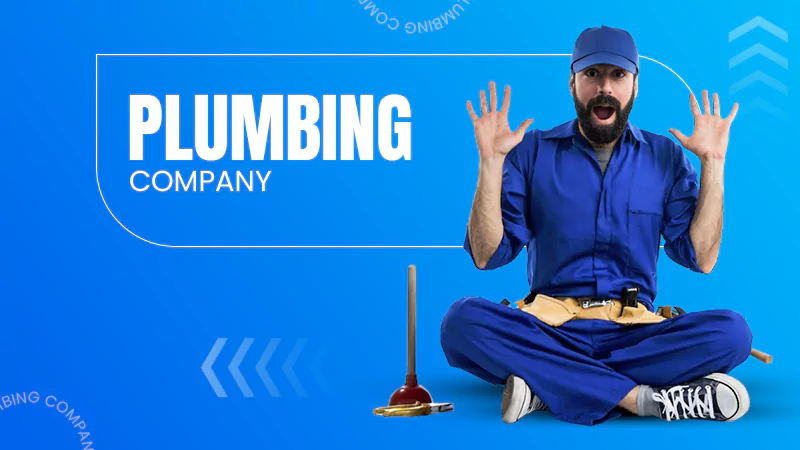Memes and Subconscious Influence
How Repeated Exposure Shapes Opinions, Beliefs, and Behaviors
Memes are funny, relatable, and sometimes absurd. Images, videos, and phrases spread fast online. They shape discussions, reinforce culture, and even influence politics and preferences for game platforms, like Slotsgem and its similars. But memes do more than entertain. Seeing them often can shift opinions, beliefs, and behaviors—without people noticing.
The Power of Memes in the Digital Age
Memes are cultural units of information. They spread through social sharing. Richard Dawkins coined the term in The Selfish Gene (1976). He compared ideas and behaviors to genes.
Internet memes work the same way. They evolve as people share, edit, and reinterpret them. Memes can be funny, political, educational, or absurd. They rely on simplicity, repetition, and relatability.
People have short attention spans. Information is everywhere. Memes make ideas easy to digest. That’s why they are so powerful.
The Role of Repetition in Subconscious Influence
Memes shape beliefs through repetition. The illusory truth effect explains why. When people see a statement often, they start to believe it. Even if it’s false, it feels true. Familiarity makes information seem trustworthy.
Memes use this to their advantage. They embed messages in funny or catchy formats. People see them again and again. Over time, the message sticks.
Political memes are a good example. They mock candidates or exaggerate policies. Even if misleading, they influence opinions. Without critical thinking, people may accept them as fact.
The Psychological Mechanisms Behind Memes and Influence
1. Cognitive Ease and Familiarity
Repetition makes ideas easier to process. This is called cognitive ease. The brain prefers simple, familiar information. Memes use this to reinforce narratives. Over time, they feel instinctively “right” or “true.”
2. Social Proof and Group Identity
Memes spread through social validation. If many people share a meme, it seems accepted. This creates social proof. People adjust their beliefs to fit the majority.
Memes also strengthen group identity. They define “us” versus “them.” Some mock opposing views. Others highlight shared values. This makes people more resistant to different perspectives.
3. Emotional Priming
Memes trigger strong emotions. They make people laugh, get angry, or feel nostalgic. Emotions help shape memory and beliefs. A meme that sparks a reaction is more memorable. Over time, it can shift attitudes.
4. Mere Exposure Effect
Seeing something repeatedly makes people like it more. This is the mere exposure effect. Even without direct engagement, ideas become familiar. Memes normalize certain views just by appearing often.
Real-World Examples of Meme Influence
1. Political and Social Movements
Political memes shape public opinion. They are especially powerful during elections and protests. In 2016, memes influenced the U.S. presidential race. Humor, satire, and misinformation swayed voters. “Shitposting” and meme propaganda blurred irony and belief. Digital culture now plays a major role in politics.
Social movements also use memes. Hashtags like #MeToo and Black Lives Matter spread awareness. Memes simplify complex issues. They make activism more accessible and shareable.
2. Branding and Consumer Behavior
Companies use memes to influence consumers. Advertisers make memes feel natural and engaging. Viral campaigns rely on humor and relatability.
Fast-food chains like Wendy’s and Taco Bell embrace meme culture. They build brand loyalty with witty posts. Seeing a brand meme repeatedly creates positive associations. This can subtly influence buying decisions.
3. Stereotypes and Cultural Perceptions
Memes reinforce stereotypes, often without intention. “Karen” memes mock entitled behavior. “Florida Man” memes exaggerate bizarre news.
At first, these seem like harmless jokes. But repetition shapes public perception. Over time, memes can solidify biases.
The Ethical Implications of Meme Influence
Memes can be fun and even insightful. But they also have hidden effects. They oversimplify complex issues. They spread misinformation, reinforce stereotypes, and divide communities.
1. Misinformation and Manipulation
Misleading memes can distort reality. They fuel conspiracy theories, like those about COVID-19 or election fraud. Because memes spread quickly and lack accountability, they bypass fact-checking. Repetition can make false claims seem true.
2. Cognitive Bias Reinforcement
Memes strengthen existing beliefs. They feed people information that confirms their opinions. This creates echo chambers. People see only what they agree with. Over time, they become less open to new ideas.
3. Psychological Vulnerability
Young people see memes every day. Many don’t realize how memes shape their views. Repeated exposure can subtly influence beliefs. In extreme cases, it can push people toward harmful ideologies.
Defending Against Unconscious Meme Influence
Memes are everywhere. They shape opinions, often without people noticing. Critical thinking helps resist their influence. Here are some strategies:
1. Practice Media Literacy
Don’t believe a meme without checking the facts. Verify sources. Be aware of bias in meme-based information.
2. Be Aware of Emotional Triggers
Strong emotions can cloud judgment. If a meme makes you angry or eager to agree, pause. Ask yourself why. Emotional manipulation is a common tactic.
3. Diversify Your Information Sources
Avoid echo chambers. Follow different news sources. Talk to people with different views. Exposure to diverse perspectives builds critical thinking.
4. Recognize Satire and Propaganda
Not all memes are serious. Some are satire. Others spread propaganda. Understanding intent helps prevent misinformation.
Digital Media Nowadays
Memes are more than jokes. They shape opinions, reinforce norms, and influence beliefs.
Repeated exposure affects subconscious thinking. Understanding this helps people think critically about digital media.
Memes drive culture—through humor, activism, and politics. Recognizing their impact is key to navigating them wisely.









